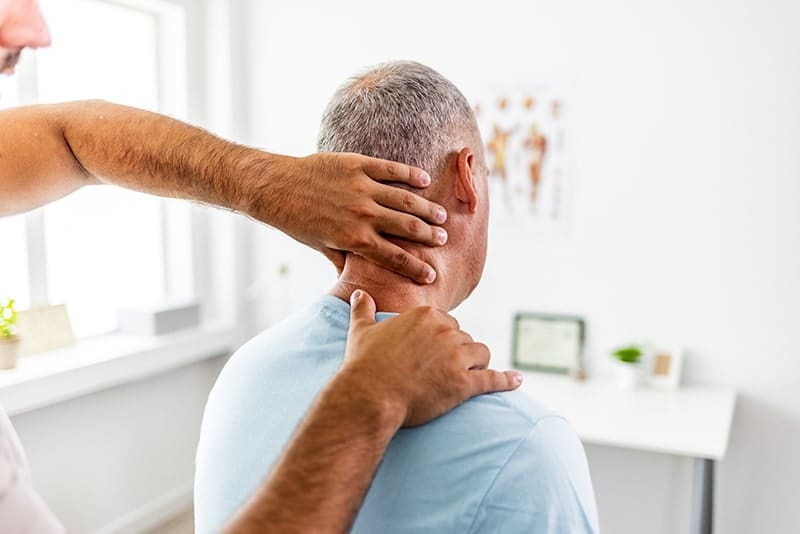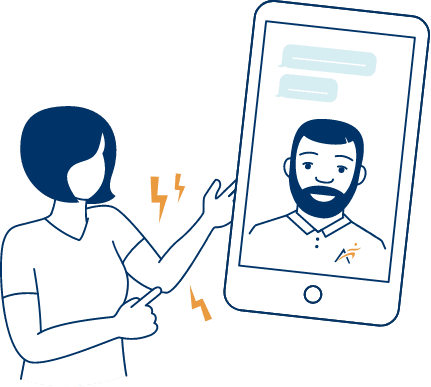Surgery is not always necessary for neck pain. In many cases, conservative treatments such as rest, physical therapy, Airrosti care, medication, and lifestyle modifications can effectively manage symptoms and improve neck function. Surgery may be considered if conservative treatments fail to provide relief, or if there is evidence of structural issues such as cervical disc herniation or spinal stenosis that require surgical intervention. It’s important to discuss all treatment options with a healthcare professional to determine the best course of action.





